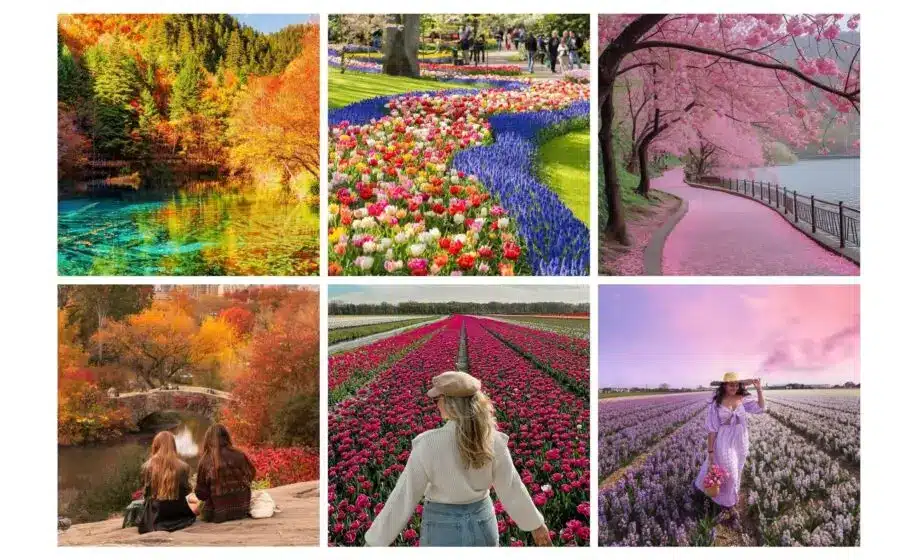Spring brings a remarkable transformation to the natural world, showcasing vibrant colors and rejuvenated landscapes. As the weather warms, you can witness the awakening of flora and fauna, creating a breathtaking spectacle that captivates the senses. Exploring the most beautiful spring landscapes around the globe offers inspiration and a reminder of nature’s extraordinary beauty.
Traveling to these stunning locations allows you to experience the seasonal changes firsthand, revealing unique ecosystems and scenic views. From blooming fields to lush green mountains, each landscape tells its own story of renewal and growth. Discovering these springtime gems can enhance your appreciation for the environment and encourage a deeper connection to the world around you.
1) Cherry Blossom Gardens, Japan
Cherry blossom gardens in Japan offer a breathtaking display of nature’s beauty. These gardens, known as “sakura” spots, attract visitors from around the world each spring.
Tokyo’s Ueno Park hosts thousands of cherry trees, creating a stunning canopy of pink and white blossoms. You can stroll through the park, enjoying picnics under the blooming trees.
Kyoto’s Maruyama Park is another iconic location. The famous weeping cherry tree there is especially picturesque, particularly at night when illuminated.
Hiroshima Peace Memorial Park features cherry trees that stand as symbols of renewal and resilience. This setting provides a tranquil atmosphere for reflection and appreciation.
Experiencing cherry blossom season is a unique journey into Japanese culture. You witness hanami, the tradition of flower viewing, celebrated through gatherings and festivals.

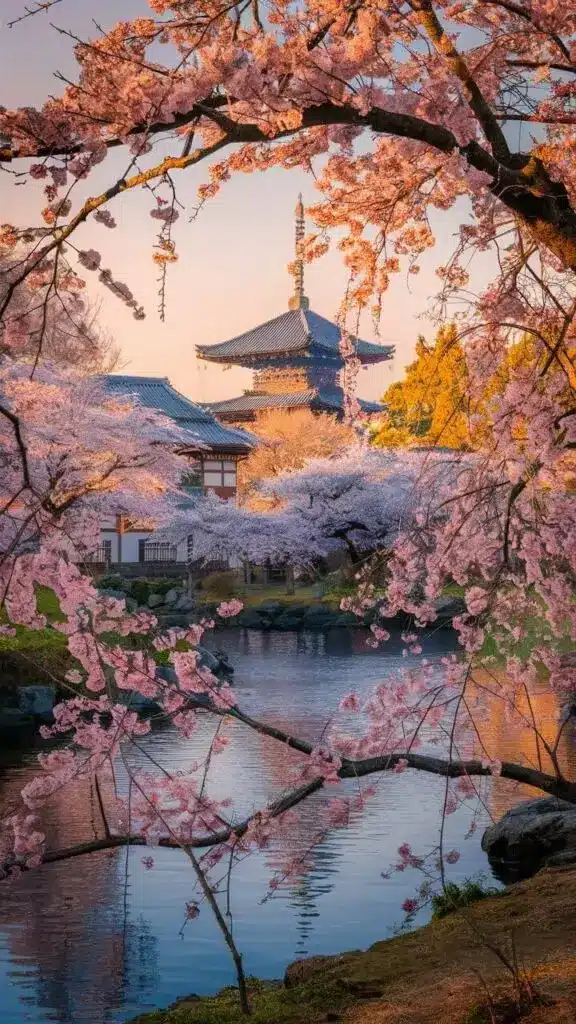
2) Keukenhof Gardens, Netherlands
Keukenhof Gardens, located in Lisse, is one of the largest flower gardens in the world. Spanning about 79 acres, it showcases a stunning array of tulips, daffodils, and hyacinths each spring.
The gardens open annually from mid-March to mid-May, attracting millions of visitors. You can stroll through beautifully curated pathways lined with vibrant blooms, special exhibitions, and themed gardens.
Diversity in floral displays is remarkable, featuring over seven million bulbs planted annually. You can find more than 800 varieties of tulips alone, making it a vibrant celebration of spring.
In addition to flowers, the garden offers sculptures and art installations. You can enjoy picturesque landscapes with seasonal changes throughout the garden.
Keukenhof also emphasizes sustainability and environmental initiatives. You can learn about the importance of conservation while enjoying the natural beauty surrounding you.
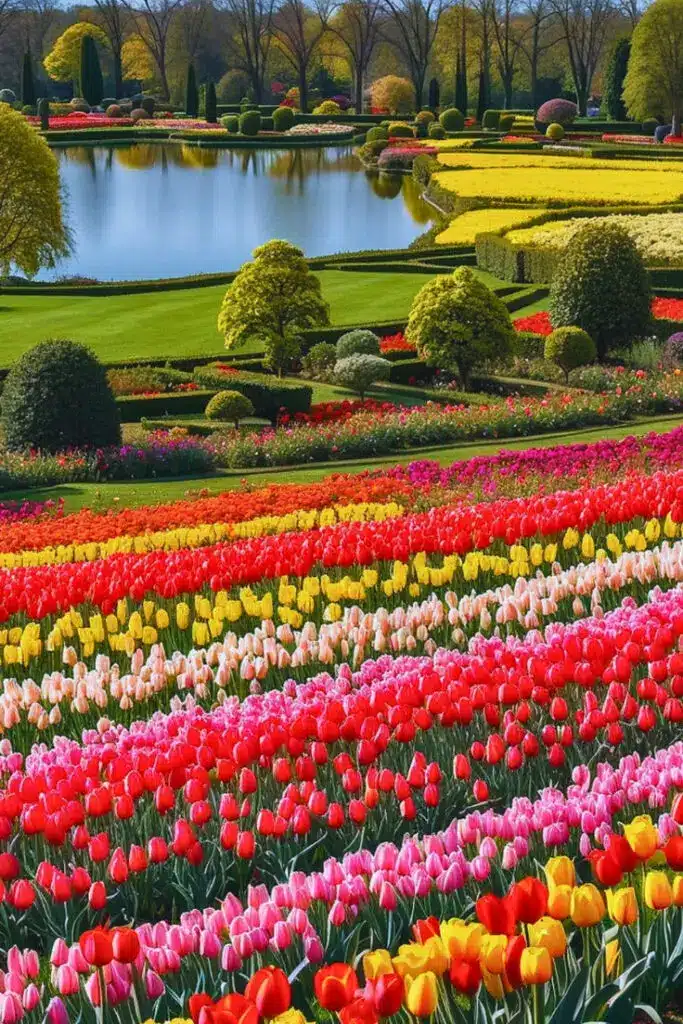
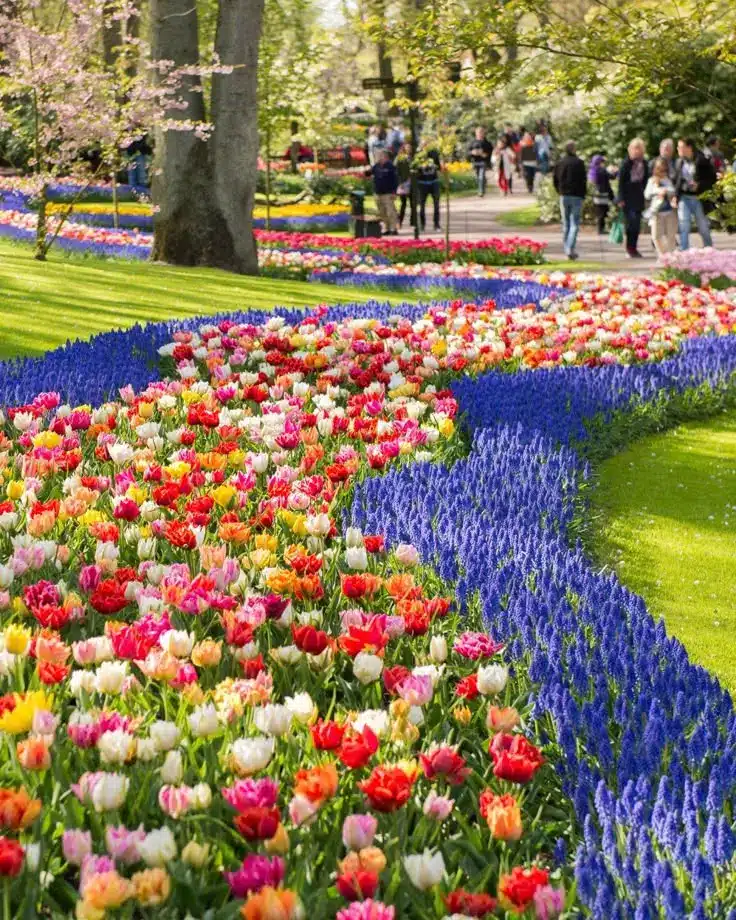
3) Tuscany Hills, Italy
The Tuscany Hills in Italy present a serene landscape that captures the essence of spring. Rolling hills are adorned with vibrant green grass and blossoming wildflowers, creating a picturesque scene.
You might find charming vineyards and olive groves interspersed throughout the hills. The cypress trees lining the roads add a distinct character to the landscape.
As you explore, the gentle hills invite leisurely walks and cycling. The scenery changes with the light, offering stunning views at sunrise and sunset.
Villages such as Pienza and San Gimignano provide a glimpse into the region’s rich history. You can indulge in local cuisine featuring fresh ingredients grown right in the area.
Tuscany in spring offers a perfect blend of natural beauty and cultural heritage. It’s an experience that enriches your appreciation for nature and tranquility.
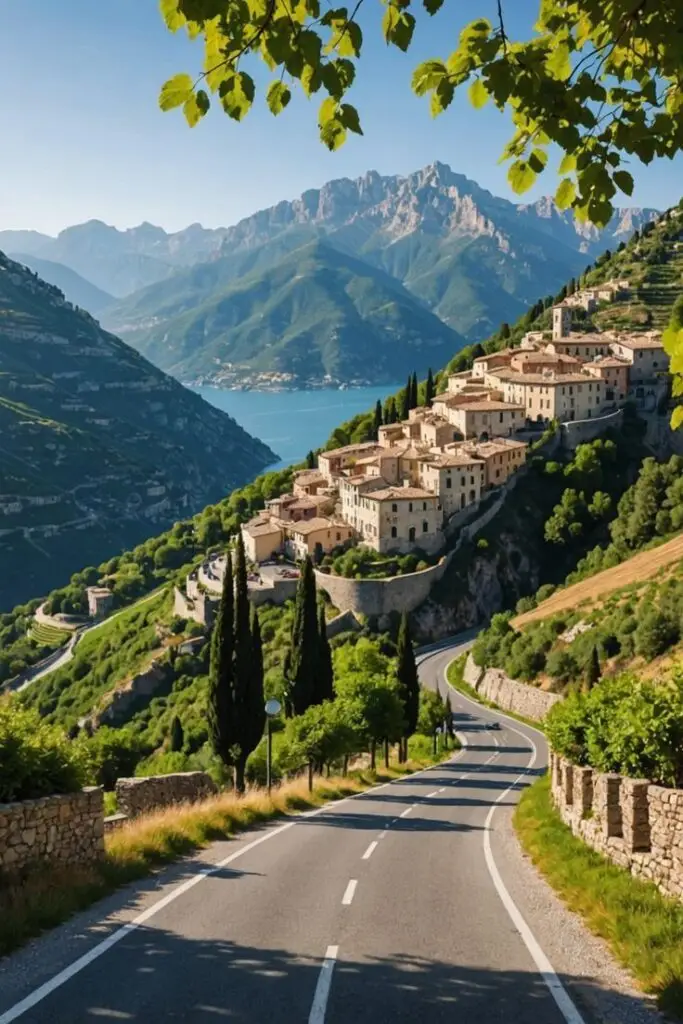

4) Lavender Fields, Provence, France
Visiting the lavender fields in Provence is a sensory delight. The vibrant purple hues stretch across the landscape, creating a breathtaking view.
These fields typically bloom from late June to early August. During this time, the sweet fragrance of lavender fills the air, adding to the experience.
You can explore various locations, including the Plateau de Valensole and the Sénanque Abbey. Each offers unique perspectives and photo opportunities.
Many visitors enjoy wandering through the rows of lavender. This allows you to connect with nature while appreciating the beauty around you.
Local markets often feature lavender products. You can find essential oils, soaps, and culinary items, perfect for souvenirs.
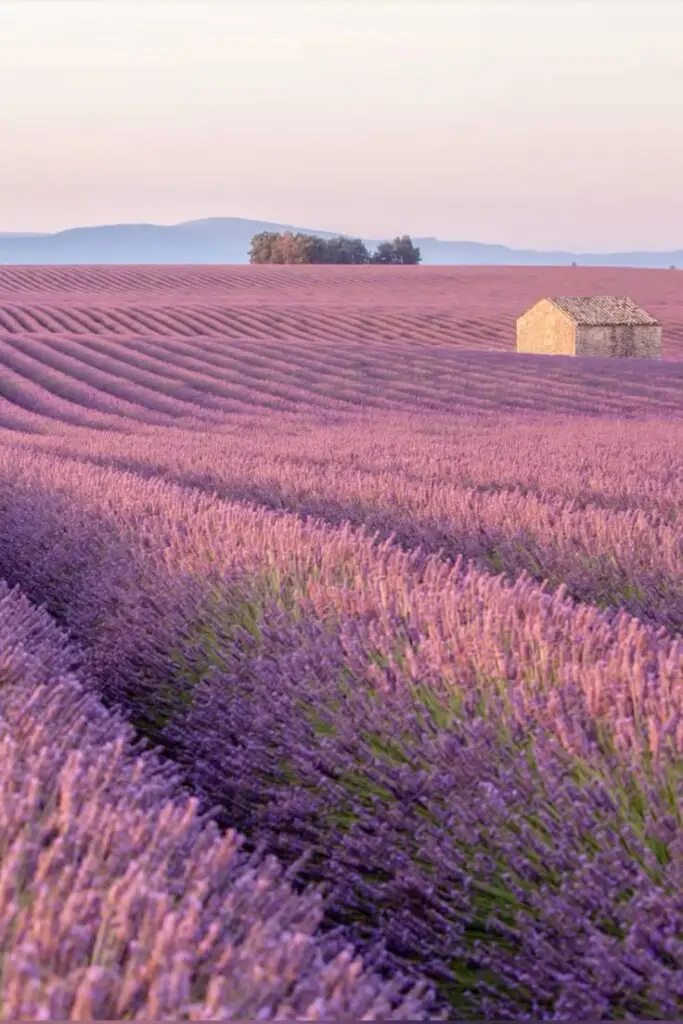
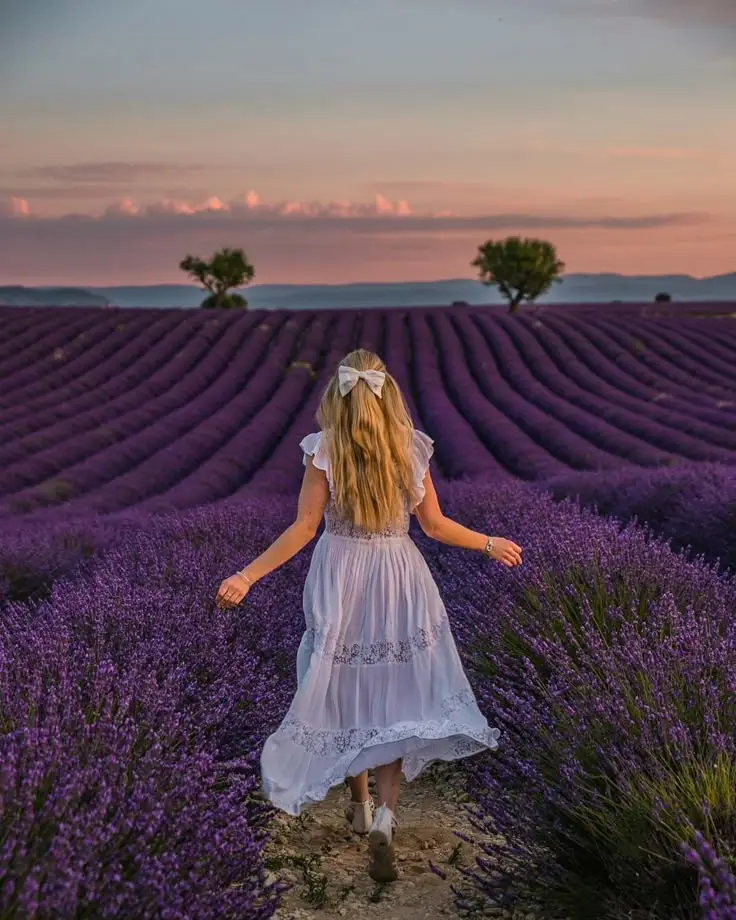
5) Central Park, New York City, USA
Central Park is a remarkable urban oasis that transforms with the arrival of spring. As the cold winter months fade away, vibrant blooms and lush greenery fill the landscape.
You can stroll through the famous cherry blossoms at the Cherry Hill area, which create a stunning pink canopy. The delicate flowers attract both locals and visitors, offering a picturesque scene.
The park’s meandering pathways invite exploration. You can enjoy the sounds of nature while surrounded by trees awakening from their winter slumber.
Don’t miss the vibrant array of tulips at the Conservatory Garden. This formal garden bursts into color, showcasing a variety of floral designs.
Springtime also means warmer weather, making it perfect for picnics or leisurely walks. You can relax by the tranquil waters of the lake, taking in the views of the surrounding city.
Central Park during spring is a reminder of nature’s resilience. It provides a unique blend of urban life and natural beauty, creating an inviting atmosphere for everyone.
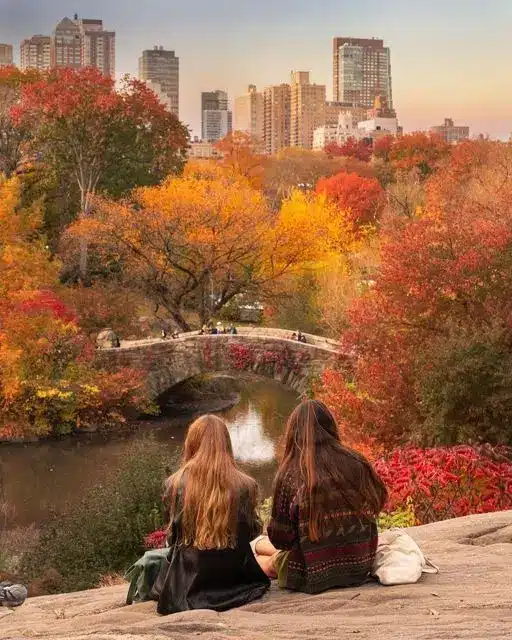
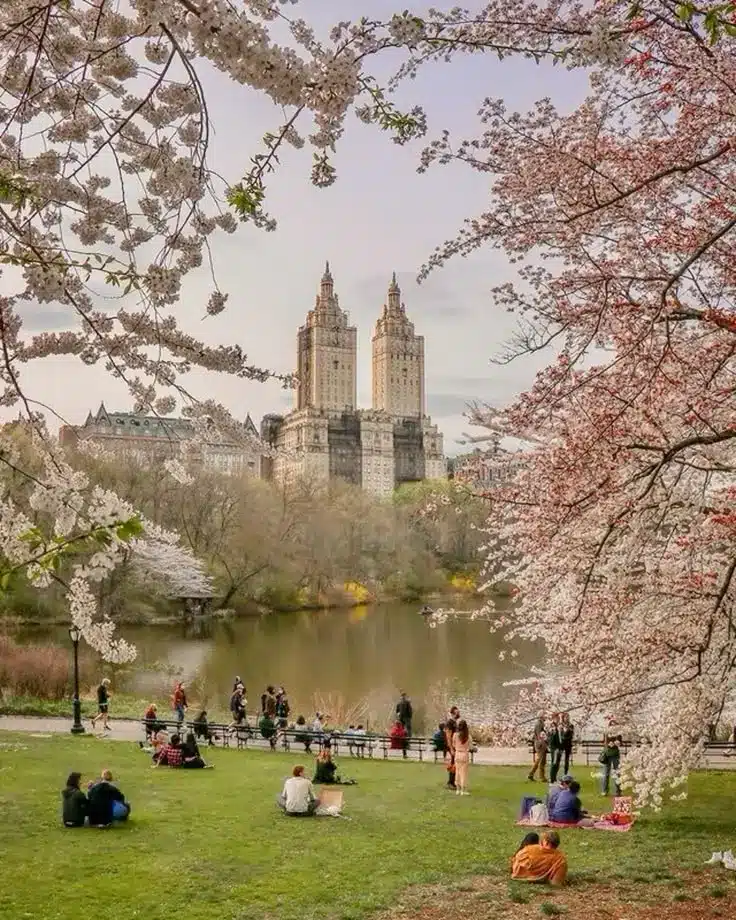
6) Jiuzhaigou Valley, China
Jiuzhaigou Valley, located in Sichuan Province, is a UNESCO World Heritage site known for its stunning natural beauty. You can explore vibrant blue and green lakes, cascading waterfalls, and diverse forests.
The valley is home to numerous plant and animal species, making it a biodiversity hotspot. As you walk the trails, you may encounter rare wildlife, such as the giant panda.
Spring transforms Jiuzhaigou into a colorful landscape. During this time, flowers bloom and the snow begins to melt, revealing the valley’s striking colors and scenery.
With its tranquil atmosphere and dramatic vistas, Jiuzhaigou Valley is a perfect destination for nature lovers. You can capture breathtaking photographs and enjoy the peaceful surroundings.
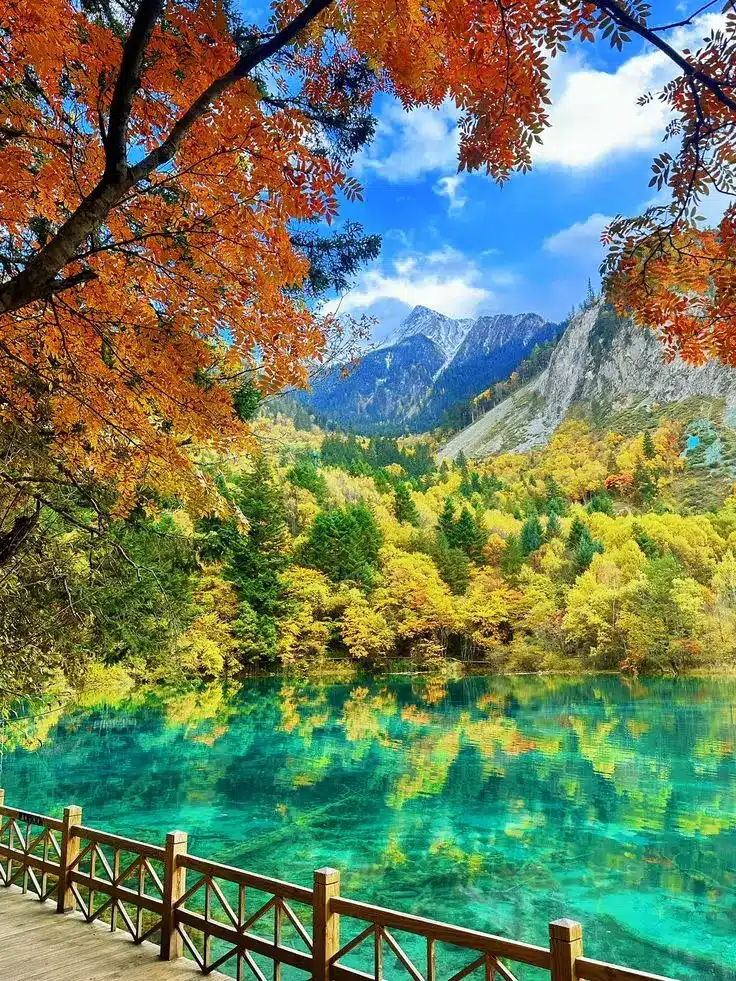
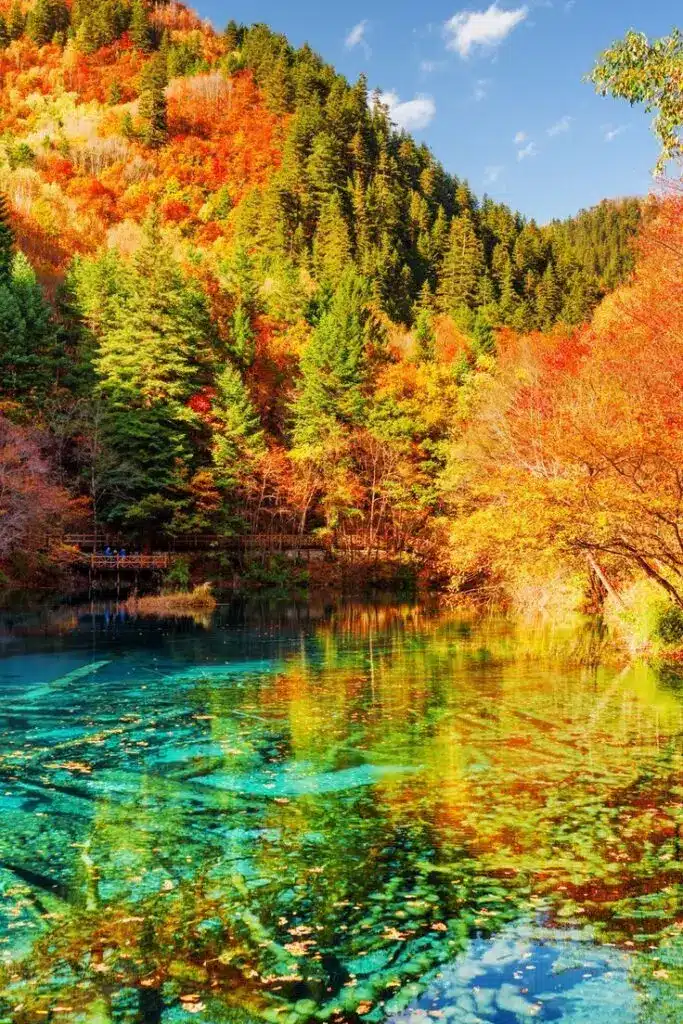
The Science Behind Spring’s Awakening
Spring’s arrival triggers significant changes in both plant life and climate patterns. These transformations are driven by various biological processes and environmental factors that create the perfect conditions for renewal.
Biological Changes in Flora
As temperatures rise, plants respond with remarkable biological changes. Key processes include:
- Photoperiodism: Plants recognize increasing daylight hours, signaling the time to grow.
- Hormonal Regulation: Auxins and gibberellins play crucial roles in promoting growth and flowering.
- Bud Break: Many species enter a phase called dormancy in winter, and as spring approaches, warm temperatures induce bud break, leading to leaf and flower development.
Certain species, like cherry blossoms, bloom in synchrony due to these changes. This timing is critical for reproductive success, ensuring that pollinators are present. Additionally, nutrient uptake from the soil increases as microbial activity spikes with warmer conditions.
Impact of Climate Patterns
Climate factors significantly affect the timing and intensity of spring’s awakening. Key elements include:
- Temperature Variations: The warming climate alters traditional seasonal cues, leading to earlier springs. This can disrupt ecological balance.
- Precipitation Changes: Variations in rainfall patterns influence soil moisture, crucial for plant growth.
- Climate Zones: Shifts in climate zones affect which plants can thrive in specific areas.
A better understanding of these patterns can aid in predicting ecological responses and help gardeners and farmers adapt their practices for optimal growth in a changing climate.
Cultural Significance of Spring Landscapes
Spring landscapes hold deep cultural meaning across the globe. They symbolize renewal, rebirth, and the interconnectedness of nature and human life. Various traditions and artistic expressions celebrate these vibrant changes, reflecting how spring influences cultures.
Traditions and Festivals
Many cultures celebrate spring through festivals that honor the season’s arrival. Events such as Japan’s Hanami involve viewing cherry blossoms, signifying beauty and the transient nature of life.
In India, Holi is known as the Festival of Colors, marking the victory of good over evil. It features vibrant powders and joyous gatherings, celebrating the flourishing of nature.
Other festivities include Easter in Christianity, which represents resurrection and new beginnings. These traditions often incorporate local flora and fauna, showcasing how spring shapes cultural practices.
Representation in Art and Literature
Spring landscapes inspire numerous artistic works. In paintings, artists like Claude Monet capture the vibrant colors of blooming flowers, illustrating nature’s beauty in spring. Their works often reflect a sense of hope and renewal.
Literature also draws heavily on spring themes. Poets like William Wordsworth frequently depict nature’s awakening, using imagery of flowers and rebirth to convey emotions.
These artistic representations highlight humanity’s connection to nature and emphasize the transformative power of spring. Through various mediums, cultures express gratitude and reverence for the season’s beauty and significance.


